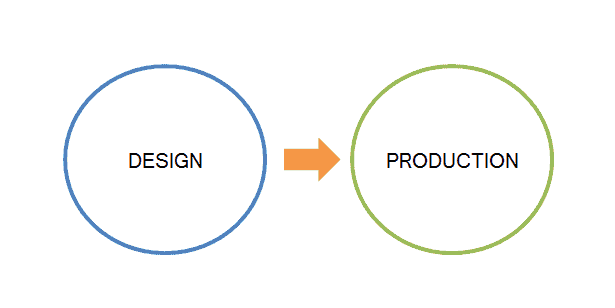Author: Anne Holland, CEO and Founder
With so many critical elements involved in bringing a medical device to market, leaders can easily overlook the importance of product design transfer.
Because design transfer receives a single sentence in the FDA regulations (21 CFR 820.30(h)), organizations may assume that minimal time, effort, and resources are required for compliance – this is false! A review of FDA 483s over the past five(5) years shows that ineffective design transfer continues to be an issue. The most common citation is “procedures for design transfer are not adequately established.”
Failure to conduct an effective design transfer process is a significant risk that can lead to product delays and revenue loss, right at the critical juncture when your product is ready to go into production.
Continue reading to learn about the meaning of design transfer for medical devices, along with our team’s tips for transferring your product from design to production.
What is Design Transfer?
Design transfer is the culmination of the medical device design team’s efforts during which the product and process designs are transferred to production.
Design transfer is a component of the FDA’s Medical Device Quality System Regulation Design Controls. This phase of design controls only receives a small mention in the FDA Quality System Regulation (21 CFR 820.30(h)), which states:
Each manufacturer shall establish and maintain procedures to ensure that the device design is correctly translated into production specifications.
Medical device manufacturers should not be misled to think that because the requirements for design transfer are succinct, so too should be the effort and attention put into carrying out this vital phase.
Often, a medical device has been “flawlessly” designed, only to find out at the end of the product development process that it is not consistently manufacturable.
Make Your Medical Device Design Transfer a Success
Here are our team’s top five tips for conducting a successful medical device design transfer:
- Involve manufacturing from the start. Leverage your manufacturing team’s expertise. This could mean having a full-time manufacturing representative on the design team or periodically checking in with engineering during the design process.
- Don’t wait until the end to begin. Design Transfer can and should happen in stages over the course of the device development. For example, product specifications must be transferred to manufacturing in order to build production units for verification and validation activities.
- Create and use a design transfer checklist that meets your organization’s goals. Design Transfer requires completing the Device Master Record (DMR), which contains documents such as product drawings, process validations, manufacturing and inspection instructions, and training materials. Using a checklist can help ensure that nothing is overlooked. Hint: the FDA looks for objective evidence such as this during inspections. Download a sample design transfer checklist.
- Make sure your suppliers can meet your timelines and compliance requirements. Before you start production, your suppliers must be ready to deliver, especially if you’ve already experienced timeline delays.
- Build design transfer into your design controls. Design transfer should be part of your comprehensive design controls and should also be on your design controls review checklist. Upon completion of design transfer activities, a thorough design review with both the design and development team as well as manufacturing engineering and quality is beneficial so all parties can verify that the product and associated processes are fully production-ready.
Lean into our Design Transfer and Design Control Process Expertise
As your medical device design is ready to go into production, it’s critical that all the elements are in place. An effective design transfer process is how you can ensure a smooth transition from manufacturing to production.
Failure to manage a successful design transfer is a risk that can prove extremely costly for your organization.
If you need assistance managing a design transfer or building a comprehensive design controls strategy based on your risk management profile, contact us today:
You can also read previous Design Controls Series articles on avoiding common design controls mistakes and determining when to begin design controls.







